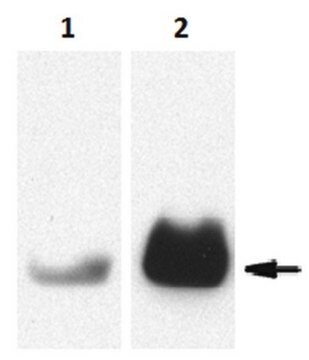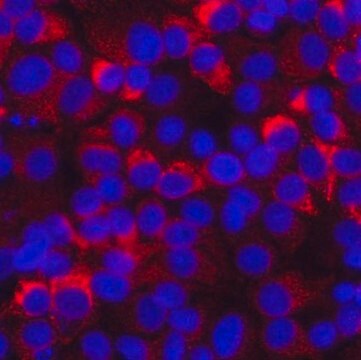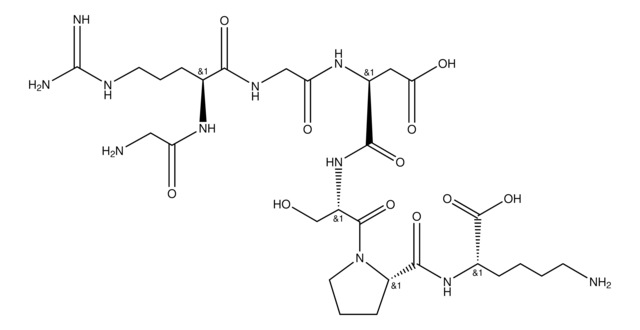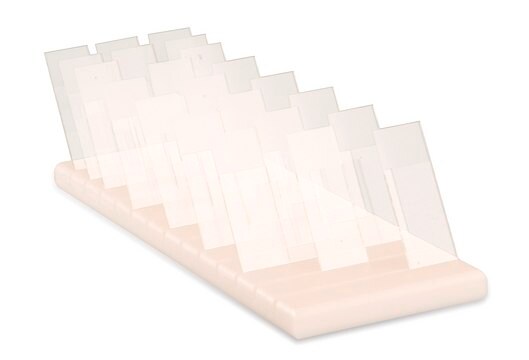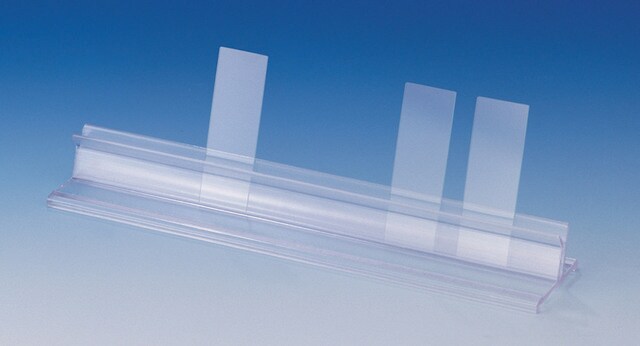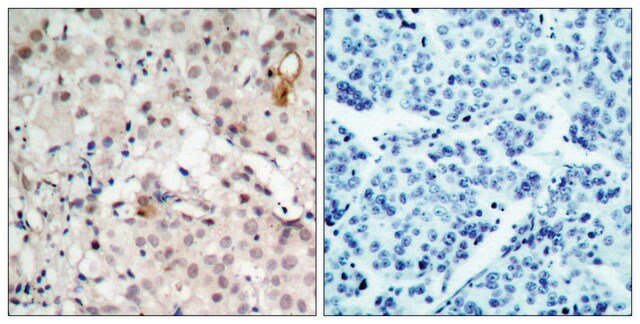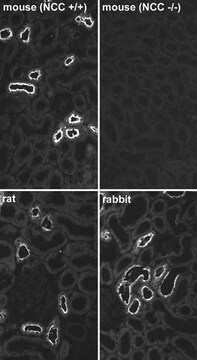MABT403
Anti-Proteinase 3/PR3 Antibody, clone MCPR3-7
clone MCPR3-7, from mouse
Synonym(e):
Myeloblastin, AGP7, C-ANCA antigen, Leukocyte proteinase 3, Neutrophil proteinase 4, NP-4, P29, PR-3, PR3, Wegener autoantigen
About This Item
Empfohlene Produkte
Biologische Quelle
mouse
Qualitätsniveau
Antikörperform
purified immunoglobulin
Antikörper-Produkttyp
primary antibodies
Klon
MCPR3-7, monoclonal
Speziesreaktivität
human
Darf nicht reagieren mit
mouse
Methode(n)
affinity binding assay: suitable
flow cytometry: suitable
immunoprecipitation (IP): suitable
western blot: suitable
Isotyp
IgG1κ
NCBI-Hinterlegungsnummer
UniProt-Hinterlegungsnummer
Versandbedingung
dry ice
Posttranslationale Modifikation Target
unmodified
Angaben zum Gen
human ... PRTN3(5657)
Allgemeine Beschreibung
Spezifität
Immunogen
Anwendung
Zellstruktur
Entzündungs- & Autoimmunmechanismen
Flow Cytometry Analysis: A representative lot immunostained the surface of only a small subpopulation of human peripheral blood neutrophils that are stained positive with clone MCPR3-2 (Cat. No. MABT340), consistent with the surface PR3 being in an active conformation complexed with CD177 and/or lipid bilayers. (Hinkofer, L.C., et al. (2013). J. Biol. Chem. 288(37):26635-26648).
Flow Cytometry Analysis: A representative lot bound recombinant human PR3-, but not murine PR3-, coated Talon-beads as determined by FACS analysis. (Silva, F., et al. (2010). J. Autoimmun. 35(4) 299-308).
Flow Cytometry Analysis: A representative lot bound immobilized recombinant human PR3 via a distinct epitope than those recognized by clone MCPR3-2 and MCPR3-3 (Cat. No. MABT340 and MABF973, respectively) as determined by FACS analysis of bead-based competition binding assay (Silva, F., et al. (2010). J. Autoimmun. 35(4) 299-308).
Immunoprecipitation Analysis: A representative lot immunoprecipitated a recombinant human PR3 construct proP-PR3ctp that adopts a pro-PR3 conformation, while exhibiting greater than 75% reduced affinity toward a recombinant construct ΔPR3ctp-S195A that adopts a mature PR3 conformation (Hinkofer, L.C., et al. (2013). J. Biol. Chem. 288(37):26635-26648).
Inhibition Analysis: A representative lot caused a substrate-dependent inhibition against human PR3 enzymatic activity by altering PR3 S1′ pocket conformation, but not PR3 S1 pocket conformation (Hinkofer, L.C., et al. (2013). J. Biol. Chem. 288(37):26635-26648).
Affinity Binding Assay: A representative lot captured a recombinant human PR3 construct proP-PR3ctp that adopts a pro-PR3 conformation, while exhibiting greater than 75% reduced affinity toward a recombinant construct ΔPR3ctp-S195A that adopts a mature PR3 conformation (Hinkofer, L.C., et al. (2013). J. Biol. Chem. 288(37):26635-26648).
Qualität
Isotyping Analysis: The identity of this monoclonal antibody is confirmed by isotyping test to be IgG1κ.
Zielbeschreibung
Physikalische Form
Lagerung und Haltbarkeit
Handling Recommendations: Upon receipt and prior to removing the cap, centrifuge the vial and gently mix the solution. Aliquot into microcentrifuge tubes and store at -20°C. Avoid repeated freeze/thaw cycles, which may damage IgG and affect product performance.
Sonstige Hinweise
Haftungsausschluss
Sie haben nicht das passende Produkt gefunden?
Probieren Sie unser Produkt-Auswahlhilfe. aus.
Lagerklassenschlüssel
12 - Non Combustible Liquids
WGK
WGK 2
Flammpunkt (°F)
Not applicable
Flammpunkt (°C)
Not applicable
Analysenzertifikate (COA)
Suchen Sie nach Analysenzertifikate (COA), indem Sie die Lot-/Chargennummer des Produkts eingeben. Lot- und Chargennummern sind auf dem Produktetikett hinter den Wörtern ‘Lot’ oder ‘Batch’ (Lot oder Charge) zu finden.
Besitzen Sie dieses Produkt bereits?
In der Dokumentenbibliothek finden Sie die Dokumentation zu den Produkten, die Sie kürzlich erworben haben.
Unser Team von Wissenschaftlern verfügt über Erfahrung in allen Forschungsbereichen einschließlich Life Science, Materialwissenschaften, chemischer Synthese, Chromatographie, Analytik und vielen mehr..
Setzen Sie sich mit dem technischen Dienst in Verbindung.